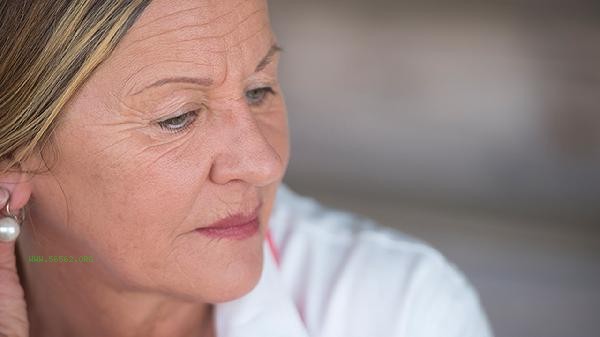Menopausal women are suitable for practicing types of yoga such as Hatha yoga, Yin yoga, Iyengar yoga, restorative yoga, and flow yoga. These forms of yoga can alleviate menopausal symptoms such as hot flashes and insomnia, improve emotional fluctuations, and enhance bone health.

1. Hatha Yoga
Hatha Yoga regulates the endocrine system through slow postures combined with breathing, which has a significant effect on relieving menopausal autonomic nervous system disorders. Its gentle twisting action can stimulate ovarian function and promote pelvic blood circulation in a three-dimensional manner, suitable for women with menstrual disorders. During practice, excessive backward bending movements should be avoided to prevent the risk of osteoporosis.
2. Yin Yoga
The characteristic of maintaining postures for a long time can deeply relax the sympathetic nervous system, effectively improving menopausal anxiety and insomnia. Static stretching of the hip and spine can prevent joint stiffness caused by decreased estrogen levels, and maintaining each posture for 3-5 minutes can stimulate connective tissue regeneration. Patients with lumbar disc herniation should undergo professional guidance.
3. Iyengar Yoga
Iyengar yoga, with the help of assistive devices, is particularly suitable for menopausal women who have a tendency towards osteoporosis. Wall ropes and other tools can safely perform inverted movements, promoting pituitary hormone secretion regulation. This system has a systematic therapy sequence design for common shoulder and neck stiffness problems.

4. Repair Yoga
Repair yoga adopts a fully supported passive posture, and achieves zero pressure relaxation through auxiliary tools such as blankets and pillows, which has a significant effect on relieving menopausal palpitations and night sweats. Forward bending postures can gently stimulate the adrenal glands, and practicing 2-3 times a week can stabilize cortisol levels. The duration of the posture is usually 10-15 minutes.
5. Flow yoga
Flow yoga enhances cardiovascular and pulmonary function through a series of flowing postures, suitable for early menopausal women who have not yet developed severe osteoporosis. The heat generated by the Japanese style sequence can improve metabolism, but it is necessary to avoid practicing in high temperature environments to prevent the aggravation of moisture and heat. It is recommended to choose beginner level courses with a relaxed pace. Menopausal women practicing yoga should pay attention to avoiding high-temperature yoga to prevent the aggravation of vasoconstriction symptoms. It is recommended to choose the morning or evening when the body temperature is lower for practice. Regular practice 3-4 times a week, combined with a diet rich in phytoestrogens such as soy products and flaxseed, yields better results. When severe osteoporosis symptoms occur, jumping and twisting postures should be avoided. Professional yoga therapists can be consulted to customize personalized plans. Moderate supplementation of calcium and vitamin D before and after practice, and the duration of posture maintenance should gradually shorten with age.





Comments (0)
Leave a Comment
No comments yet
Be the first to share your thoughts!